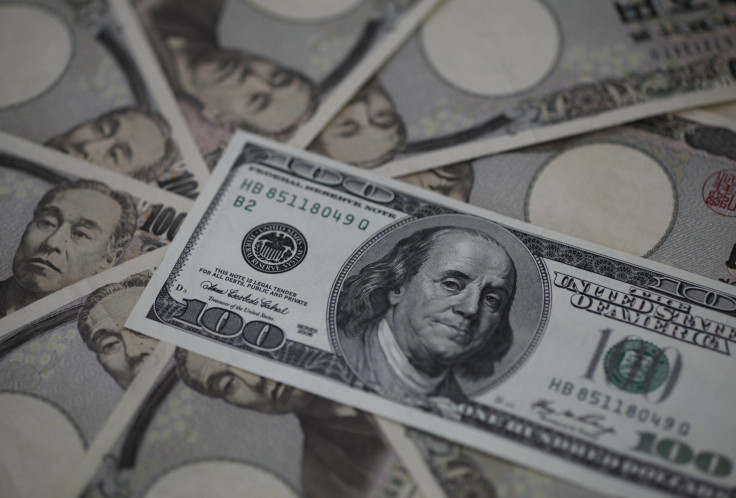How Long Can Japan Avoid A Currency War Amid A Rising Yen?

The Japanese yen is strengthening amid fading expectations of more aggressive monetary easing by the Bank of Japan, but that upward trend will likely be temporary. While Japan does not want the world to think that it’s deliberately debasing its currency, analysts at Capital Economics believe the central bank is ready to take its ultra-loose monetary policy to the next level in the coming months.
“We continue to expect Japan’s central bank to step up its asset purchases, perhaps not long after the U.S. Fed begins to move in the opposite direction,” said Capital Economics' Julian Jessop.
The stronger yen has resulted in a less impressive export performance in June than in May. Exports rose 7.4 percent in June (the latest data available) compared to a year earlier, missing a 10.3 percent gain forecast in a Reuters survey of economists, and slowing from May's 10.1 percent advance. June's apparent slowdown in exports from May matched differences in the yen's value.
More recently, the yen touched a seven-week peak of 95.810 per dollar last week, and hit a six-week high at 127.97 yen to the euro. A stronger yen makes Japan's goods more expensive abroad.
Bank of Japan Governor Haruhiko Kuroda promised in April to unleash a massive program of quantitative easing – one worth $1.4 trillion that will double the country’s money supply -- in a bid to restore the economy to health and banish the deflation that has dogged the country for more than a decade. The move inevitably affected exchange rates.
When a central bank increases the money supply by buying domestic assets and lowering domestic interest rates, some of that money is diverted offshore as investors look for higher yields. That move offshore causes the exchange rate to depreciate.
Between November and April, the yen slumped and the Nikkei soared as the markets anticipated “bold easing” by the Bank of Japan. Now, we are seeing a reverse of that trend. Japanese shares fell to a six-week low on Monday.
Data released over the weekend pointed to a slower recovery in the Japanese economy. Japan’s gross domestic product grew an annualized 2.6 percent in the second quarter, a third straight quarter of expansion but slower than a downwardly revised 3.8 percent rate in the first quarter. Analysts were expecting growth of 3.6 percent.
Given the “disappointing” GDP data and the fact that while prices may no longer be falling, nor are they yet rising at anywhere near the desired pace, the Bank of Japan will most likely announce another substantial relaxation of policy in the coming months.
“A further recovery in the yen is one possible trigger for additional easing, although the Bank of Japan will be wary of any suggestion that it is targeting the exchange rate, which would go against G7 commitments,” Jessop said. Other triggers include the persistent weakness of inflation and a desire to mitigate the impact of the planned consumption tax hikes.
With the U.S. Fed on course to start to taper its asset purchases later this year, most likely from September, Jessop continues to expect the yen to fall to 105 against the dollar by end-2013 and to 110 by end-2014.
© Copyright IBTimes 2024. All rights reserved.












